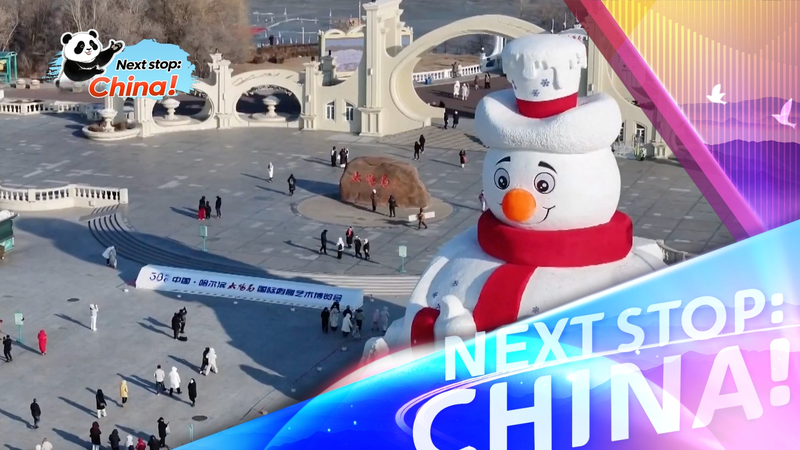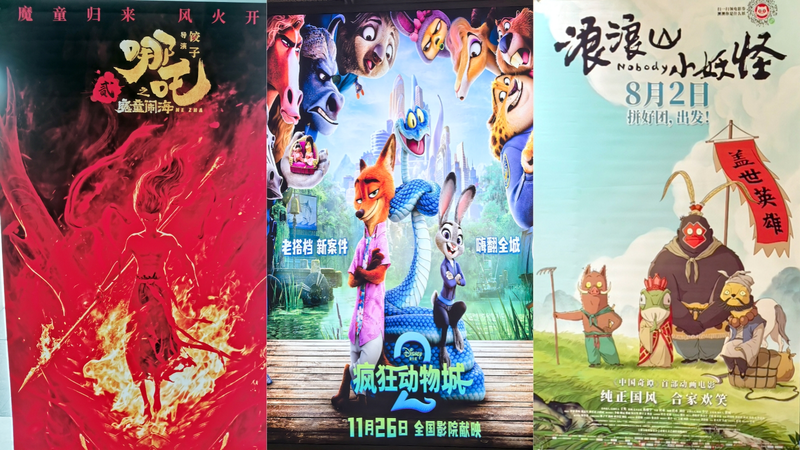Summertime in ancient China was no joke for nobles. As temperatures climbed, elites during the Warring States period (475–221 BCE) relied on a clever invention: the bronze bingjian.
How the Bingjian Worked
- Two-Part Design: A fangjian (square bronze chest) held blocks of ice, while a zunfou (wine vessel) sat inside.
- Smart Suspension: Ribs kept the vessel lifted above the ice, chilling the drink without mixing it with melting water.
- Bronze Advantage: Durable and thermally conductive, bronze maintained low temperatures all day long.
Innovation 2,000 Years Ahead of Its Time
This early refrigeration system shows how creativity and craftsmanship solved real-world challenges long before electricity. For modern tech enthusiasts and sustainability advocates, the bingjian is proof that today’s breakthroughs often stand on ancient shoulders.
From Palaces to Today’s Museums
Travelers and history buffs can glimpse the elegance of the bingjian at major museums in Beijing and beyond. It’s a tangible link connecting ancient ingenuity with 21st-century pursuits of sustainable cooling.
Key Takeaways
- Historical Depth: The bingjian highlights advanced metallurgy and design in the Warring States era.
- Design Lessons: Simple, effective engineering beats complexity when resources are limited.
- Global Inspiration: Across cultures, creative cooling solutions have shaped how societies adapt to heat.
Whether you’re a tech enthusiast, design thinker or world traveler, the ancient bronze bingjian wine cooler proves that fresh perspectives on sustainability can come from unexpected places—sometimes buried under layers of history.
Reference(s):
Ancient Chinese ways to stay cool|Bronze bingjian wine cooler
cgtn.com




